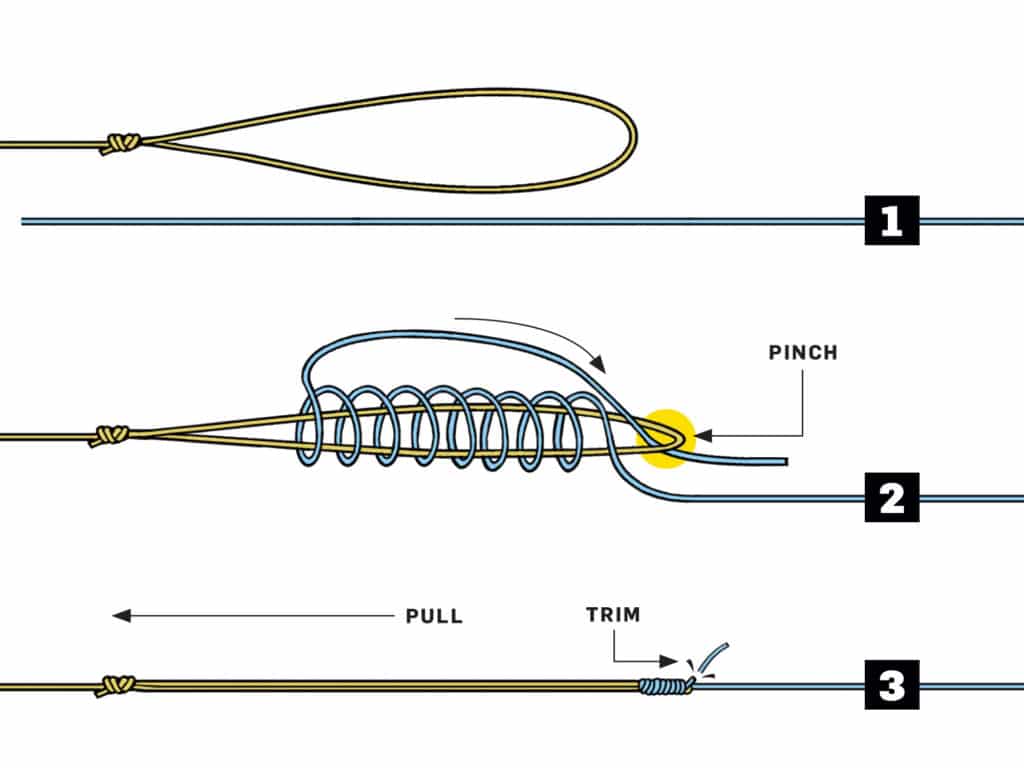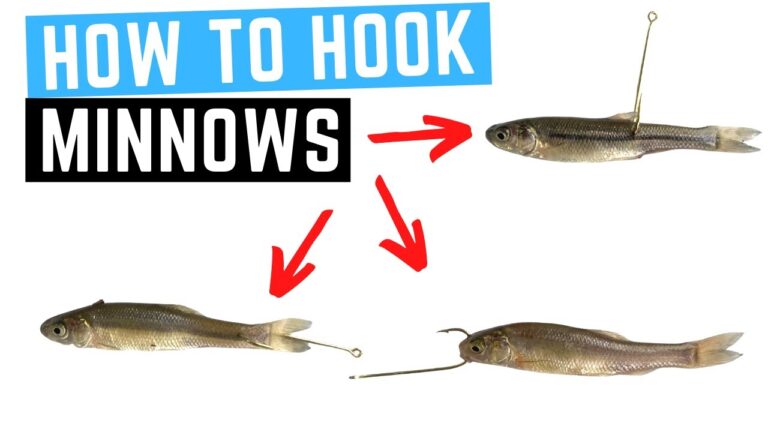How Long of a Leader on Braided Line
The ideal leader length on braided line is typically 2-6 feet. The exact length can vary based on the fishing conditions and target species.
Choosing the correct length of a leader on a braided fishing line is essential for anglers aiming to maximize their success on the water. Leaders serve as a crucial connection between the sturdy, yet visible, braided line and the lure, providing both stealth and a more natural presentation of bait.
They can also add abrasion resistance, shock absorption, and help in reducing line twist. For clear water conditions or when pursuing wary fish, a longer leader can be beneficial to prevent spooking your target. Conversely, in murky waters, a shorter leader may suffice since visibility is already reduced. By matching the leader length to the specific situation, anglers can greatly improve their catch rate.
Choosing The Right Leader Length
Selecting the appropriate leader length for braided line is crucial. Different factors determine the optimal length. The type of fishing, target species, and water clarity play significant roles. Clearer waters often require longer leaders to avoid detection. Conversely, murky waters may allow for shorter lengths, as fish are less likely to see the line.
The behaviors of certain fish also dictate leader length necessities. For example, wary trout in streams may need longer leaders for a natural presentation. In contrast, aggressive pike may not be as line-shy, permitting shorter leaders. Each fish species has unique reactions to line visibility.
| Fish Species | Recommended Leader Length |
|---|---|
| Trout | 4-6 feet |
| Bass | 2-4 feet |
| Pike | 1-3 feet |
| Tarpon | 3-6 feet |
Remember to adjust these lengths based on specific conditions and your own experience.
Leader Material Options
Choosing the right leader material is essential for successful fishing. Fluorocarbon leaders are nearly invisible underwater, making them perfect for stealthy approaches. The sturdy material also resists abrasions and has a quick sink rate.
On the other end, monofilament leaders are more cost-effective and offer better shock absorption. Their stretchiness can be an advantage when fighting fish. Yet, they are more visible and can absorb water over time.
For many anglers, hybrid leaders combine the best of both worlds. Hybrid leaders offer durability, low visibility, and a balance of stretch. This mix can be critical for targeting wary fish.
Knots And Connections
Joining a braided line to a leader is vital for successful fishing. A good knot ensures your line stays firm and fish secure. Popular knots include the Double Uni Knot, FG Knot, and the Albright Knot. The FG Knot is known for its strength and being thin for easy reel flow.
Your knot choice changes with targeted fish type and fishing conditions. The Albright Knot works well for differing line types. It is simple and strong. Knowing these knots improves leadership connection integrity. Practice is key to mastering these knots.

Credit: www.saltwatersportsman.com
Impact Of Leader Length On Casting
Understanding the relationship between leader length and castability is crucial for anglers. A longer leader can reduce casting distance, especially when using lighter lures. Yet, it improves stealth and presentation, making it harder for fish to detect the line. To achieve smooth casting, consider using a leader that is no longer than twice the length of your rod. This ensures a balance between distance and subtlety.
For those seeking optimal performance, experimenting is key. Start with a shorter leader, and gradually increase the length until you find a sweet spot. A well-chosen leader can enhance lure action and improve catch rates. Remember, every casting scenario is unique and requires a tailored approach. Testing different lengths will help you master your technique and optimize your fishing experience.
Troubleshooting Common Leader Issues
Wind knots and tangles often plague anglers using braided lines with leaders. To minimize these frustrations, maintain consistent tension when casting and retrieving. Proper spooling is key; ensure your line lays evenly without slack. Utilize balanced tackle where the rod, reel, and line rating match. This can notably reduce tangling issues.
Leader abrasion demands attention to maintain optimal strength. Inspect leaders regularly, feeling for rough spots that indicate wear. Timely replacement of your leader is crucial for peak performance and fish landing success. Follow a simple rule: swap out your leader if you notice significant nicks or fraying. For avid fishers, replacing leaders every 1-2 trips is a sound practice.

Credit: wandlenews.com

Credit: countryhookers.com
Frequently Asked Questions On How Long Of A Leader On Braided Line
How Long Should Your Leader Be With Braid?
Your braid’s leader should typically range between 2-4 feet, considering factors like water clarity, targeted species, and fishing conditions for optimal performance.
Should I Put A Leader On Braided Line?
Yes, attaching a leader to braided line is often advised to increase abrasion resistance and decrease visibility to fish.
How Long Should Wire Leader Be?
The ideal length for a wire leader is typically between 12 and 24 inches, depending on the fishing conditions and target species.
What Leader To Use With 10lb Braid?
Pair 10lb braid with a leader of 8-12lb fluorocarbon for optimal strength and invisibility. Match lure weight and fishing conditions to leader length and thickness.
Conclusion
Selecting the right leader length for your braided fishing line can significantly impact your success on the water. A general rule is to aim for a leader that’s one to two rod lengths, though conditions may dictate adjustments. By balancing flexibility with sensitivity, you enhance your catch potential.
Remember, experimentation could lead to your next big catch, so don’t hesitate to fine-tune your setup for optimal results.



